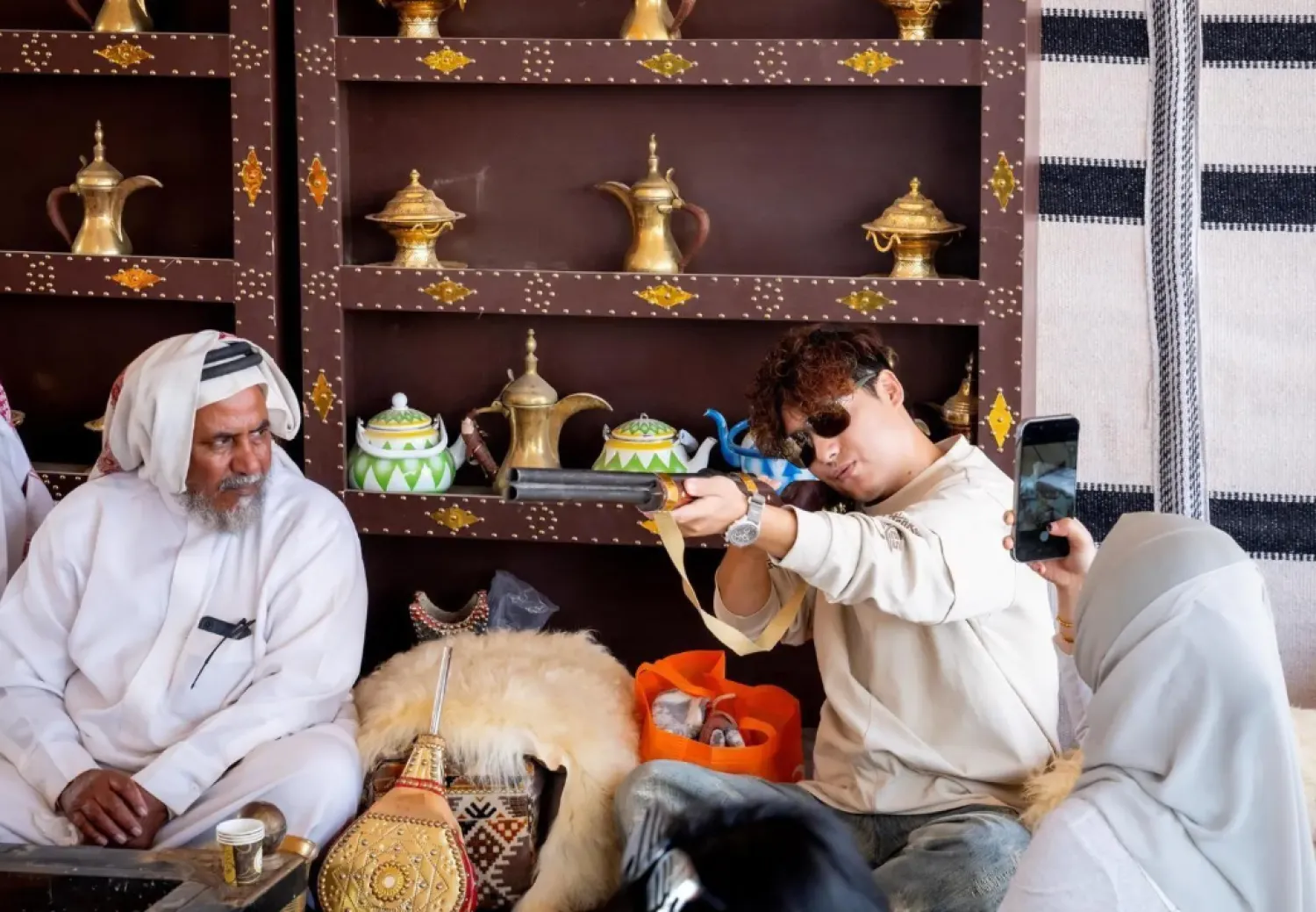A bronze bust believed to depict the daughter of an ancient Roman emperor has been seized from an art museum in Massachusetts by New York authorities investigating antiquities stolen from Türkiye.
The seizure is the latest in an ongoing investigation into a smuggling network involving objects looted from Bubon in southwestern Türkiye and trafficked through Manhattan. A spokesperson for Manhattan District Attorney Alvin Bragg did not provide further details of the investigation.
The bust known as “Portrait of a Lady” was acquired in 1966 by the Worcester Art Museum about 40 miles (64 kilometers) west of Boston. The seizure comes weeks after the Manhattan district attorney’s office seized a statue thought to portray the Roman emperor and philosopher Marcus Aurelius from a Cleveland, Ohio, museum.
Worcester Art Museum officials said in a statement that the bust taken from their possession dates from A.D. 160 to 180 and is believed to be a life-sized portrayal of a daughter of Marcus Aurelius or another Roman emperor, Septimius Severus.
Museum officials said they had “limited information” about the bust’s history when they acquired it nearly six decades ago.
“We are very thankful for the new information provided to us,” said Matthias Waschek, the museum’s director. “The ethical standards applicable to museums are much changed since the 1960s, and the Museum is committed to managing its collection consistent with modern ethical standards.”
The bust shows a young woman with a heavy-lidded gaze and hair carefully combed into waves.
Marcus Aurelius ruled as Roman emperor from A.D. 161 to 180 and was a Stoic philosopher whose “Meditations” have been studied over the centuries. Septimius Severus’ reign from A.D. 193 to 211 was marked by his efforts to convert the government into a military monarchy.
Türkiye first made claims about the Marcus Aurelius statue in 2012 when it released a list of nearly two dozen objects in the Cleveland museum’s collection that it said had been looted from Bubon and other locations. Museum officials said at the time that Türkiye had provided no hard evidence of looting.









